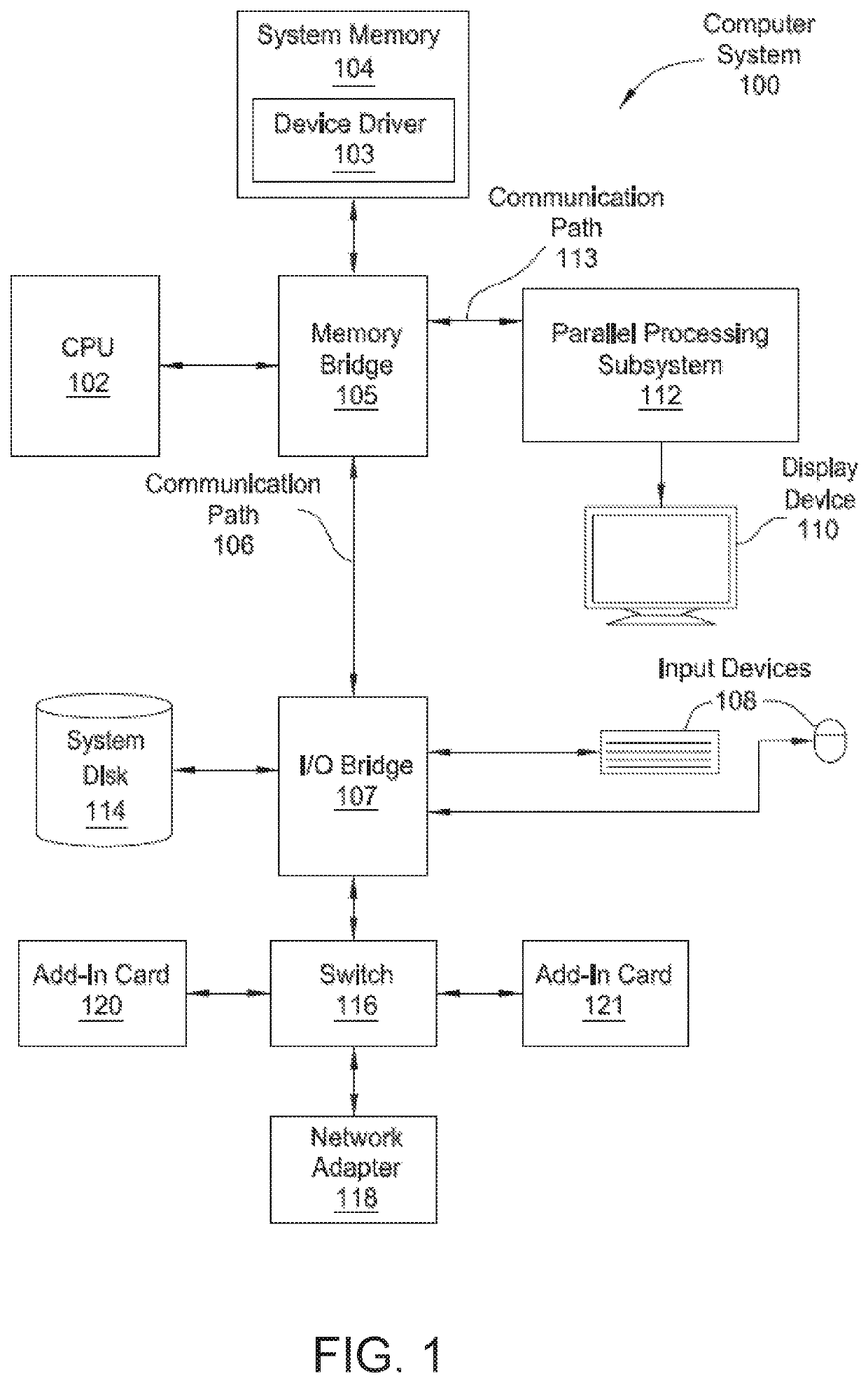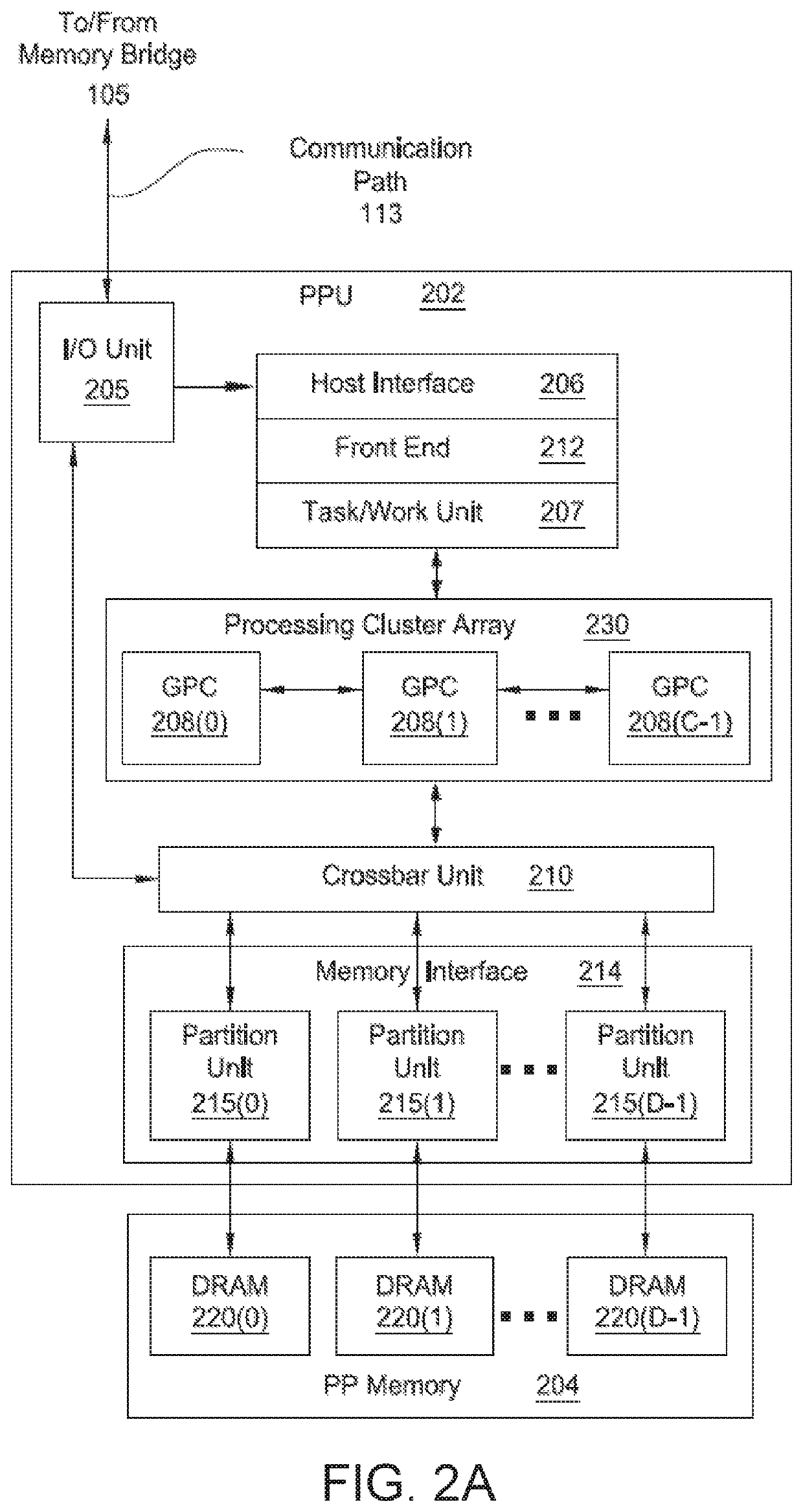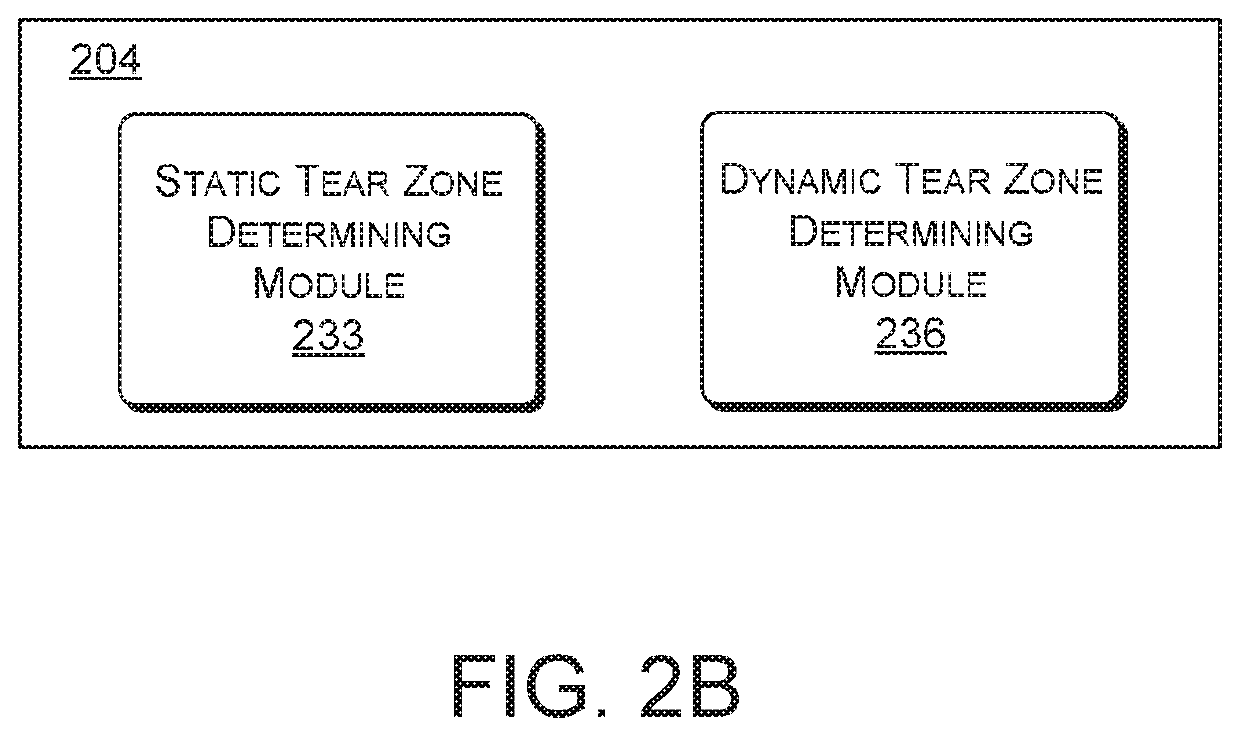Determining allowable locations of tear lines when scanning out rendered data for display
a technology of rendering data and allowable locations, applied in the field of display video, can solve the problems of reducing the overall performance, screen tearing, and the output of graphics cards, and achieve the effect of reducing or avoiding screen tearing in relatively important parts of the frame and high importan
- Summary
- Abstract
- Description
- Claims
- Application Information
AI Technical Summary
Benefits of technology
Problems solved by technology
Method used
Image
Examples
Embodiment Construction
[0002]Various embodiments relate generally to displaying video and, more specifically, to determining allowable locations of tear lines when scanning out rendered data for display.
Description of the Related Art
[0003]“Screen tearing” in the form of “tear lines” is an undesirable visual artifact that oftentimes occurs when generating frames of content for display on a display device. A tear line typically appears in a display as a horizontal discontinuity when, for example, a translational shift exists between a portion of a display below the tear line and a portion of the display above the tear line. The tear line creates a torn look to the content being displayed because the edges of objects that are displayed across the tear line fail to align.
[0004]Tear lines usually result when there is motion within the content being rendered for display, and the content is being rendered at a rate that is greater than the refresh rate of the display device. In such situations, a difference in p...
PUM
 Login to View More
Login to View More Abstract
Description
Claims
Application Information
 Login to View More
Login to View More - R&D Engineer
- R&D Manager
- IP Professional
- Industry Leading Data Capabilities
- Powerful AI technology
- Patent DNA Extraction
Browse by: Latest US Patents, China's latest patents, Technical Efficacy Thesaurus, Application Domain, Technology Topic, Popular Technical Reports.
© 2024 PatSnap. All rights reserved.Legal|Privacy policy|Modern Slavery Act Transparency Statement|Sitemap|About US| Contact US: help@patsnap.com










